Climate change is not just threatening the Peruvian coffee industry, it’s jeopardising global supplies. That’s why Cafédirect is acting now to combat it
It’s a brutal existence. Sixty-year-old Angela Santas Tocto (pictured) works for six days a week farming the same two hectares of coffee plants her father once did.
As a smallholder in the Andean highlands of northern Peru, her average harvest is seven 54kg sacks, but in a bad year it’s two or three. “When the harvest is good I have more income to support my family, educate my children and can sow more seeds to expand my land,” she says. “When we only harvested two to three bags I was short of money. My kids needed supplies for school but I couldn’t buy them.”
This vulnerability to each year’s harvest is not unique to Santas and the 40 other families in her village of La Capilla, Canchaque. Experts predict a 50% fall in production by 2050 in the fertile region as a result of the devastating double impact of climate change and decades of deforestation in Choco - an isolated community 2,000m above Canchaque. The upshot is that Peru’s coffee industry faces a crisis that could see the livelihoods of smallholders like Santas all but wiped out in a generation - which is where two groundbreaking initiatives involving Fairtrade coffee brand Cafédirect come in.
The brand has lent its support to a vital climate adaptation project in La Capilla through Cepicafé, one of the 37 grower co-operatives it is supplied by, and in Choco, it has joined forces with NGO Progreso to launch a reforestation project to reduce the amount of soil erosion during the region’s three-month rainy season - and therefore the likelihood of landslides.
Much is at stake, as I discovered on an eye-opening trip to Peru to see firsthand the impact of the projects. But initial scepticism on the part of the villagers has made way for optimism that crisis can and will be averted - thanks in no small part to the vital support they’re being given by Cafédirect.
“We’re working with small and marginalised communities that don’t have the resources to face the challenges of climate change alone,” says Wolfgang Weinmann, head of strategic development at Cafédirect, spelling out in stark terms of the consequences if these challenges aren’t faced. “Not to look into adaptation to climate change is almost suicidal. Climate change is happening in smallholder communities right now, and it will affect all of us in terms of availability and quality of the product.”
In La Capilla, coffee growers needed to learn how to adapt to weather patterns that swing from one extreme to the other. In 2011, there was too little rain, this year there has been a deluge. “Last year, there was lots of heat in the soil and our crops suffered from the lack of water,” attests grower Justo Reyes.
When the rainy season is heavier than usual, the Ojo de Gallo (rooster’s eye) fungus takes hold and the coffee cherries rot and drop off. Infestations of coffee borer beetles are also more likely in wetter weather. The Spanish word for these, broca, is uttered with dread by the farmers. One female produces 60 females and 10 males, and an infestation can eradicate a year’s crop.
To help combat this and wider climate change, Cafédirect has invested €450,000 in a project with German development agency GIZ to run four pilot projects to help growers adapt their farming. In Peru, money has been spent on training for the growers. It also went towards immediate physical measures, such as the repair of a reservoir used by five villages.
Training is far from straightforward here. Each region faces different problems, and there are 6,600 growers living in small and hard-to-reach villages in the Sierra Piura alone. So Cepicafé relies upon a network of ‘promoters’ from the communities themselves to teach adaptation tactics. By Western standards, the tactics look unconventional. At village meetings the promoters produce drawings and compose songs about conservation that the growers can sing as they pick. I get to hear one such song at a meeting in La Capilla. “Let’s plant a forest in the mountain where our water starts and defend our environment,” sings grower and trainer Paúl Santos, who has lived in the village all his life.
The promoters also demonstrate how to trap the broca by using empty plastic bottles and coffee essence, and use shade management to good effect by interspersing taller trees among the coffee plants to improve aeration and give growers control over how much light reaches the coffee.
Such advice has made a huge difference to growers like Reyes. “We knew our plants were under attack and the weather was changing, but didn’t know how to fight it,” he says. It is also helping to alleviate one of the biggest issues caused by heavy rains: topsoil-eroding landslides. The problem has been worsened by deforestation in Choco, which has destabilised the water table. In a bid to redress the balance, Cafédirect joined forces in 2010 with Peruvian NGO Progreso to launch a reforestation project.
Armí Augustín Goma is a subsistence farmer who grows potatoes, wheat and corn for his family and sells whatever is left. The deforestati0n problem has become so acute in Choco that his wife has to travel one and half hours to gather wood, he says. Even so, villagers were initially concerned there might be an ulterior motive to the project. “We were scared it was a front for a mining company looking to invade and exploit our land,” he admits. “When outsiders come we fear they’ll take over.”
The failure of earlier reforestation projects didn’t help, says RociÓ Pilar LeÓn, a project manager with Progreso. “Aid agencies gave the community saplings but there were no incentives or help to grow them,” she says. But Progreso eventually won the community’s trust and embarked on an ambitious project to reforest 224ha of land. As well as offering technical assistance, it completed the mounds of paperwork needed to win carbon accreditation for the scheme, marking the first time farmers working on a reforestation projects will be able to own and sell their carbon credits.
The 224ha will create 42,784 carbon capture credits over 25 years, which will generate $633,194 (£407,887) for the Choco villagers. Some 10% of the income will pay for adaptation projects for growers like those in Canchaque. After 15-20 years, it will be possible to sustainably harvest and sell the wood, good news for villagers like Augustín. He is forced to travel in search of temporary work at the end of every rainy season, earning 3,500 soles (about £830) before returning home. Being able to sell carbon credits and wood would enable him to farm his own land all year round.
None of this could have happened without Cafédirect’s involvement. It provided £55,000 for the project and bought some of the credits to offset its own office emissions. This is an unthinkable amount of money for the villagers, but it pales in comparison with the marketing budget of most UK brands.
The Fairtrade brand warns that unless other companies also start to help their suppliers adapt their farming methods to the daily realities of climate change, the majority of the world’s coffee supplies are at risk from low yields and low quality. Cafédirect is factoring in climate adaptation with all 37 co-operatives it works with and Weinmann says it is crucial that brand owners back this sort of self-financing scheme.
“If producer organisations can come up with innovative business models that combine the carbon market with adaptation to generate a continual stream of income, that’s ideal. Then they’re not dependent on a trickling down of international donor funds. It’s the difference between trade and aid. Tackling poverty isn’t about paying a 10p premium for your coffee - it’s about looking into how the value of a product is shared.”
But a larger part remains the willingness of individuals on the ground to dedicate their time to education, and the communities to continue to help each other grow. Santos, one of the promoters in La Capilla, is 24 and although many of his classmates moved to the city to find work, his ambition is to reclaim some of the abandoned plantations for his local co-operative. If more people like him can be encouraged that coffee growing still has a future, there might just be hope.



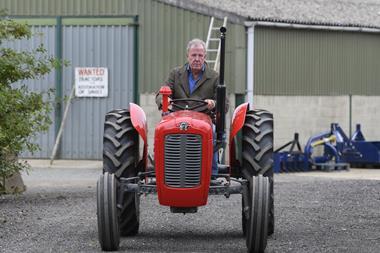


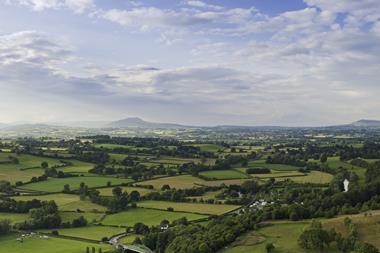

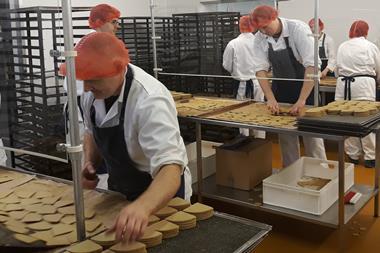



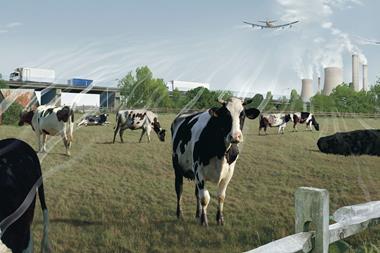

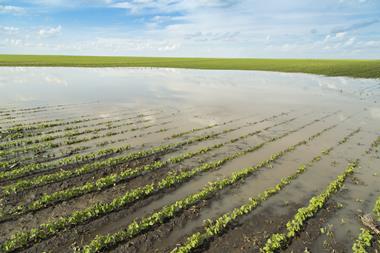
No comments yet